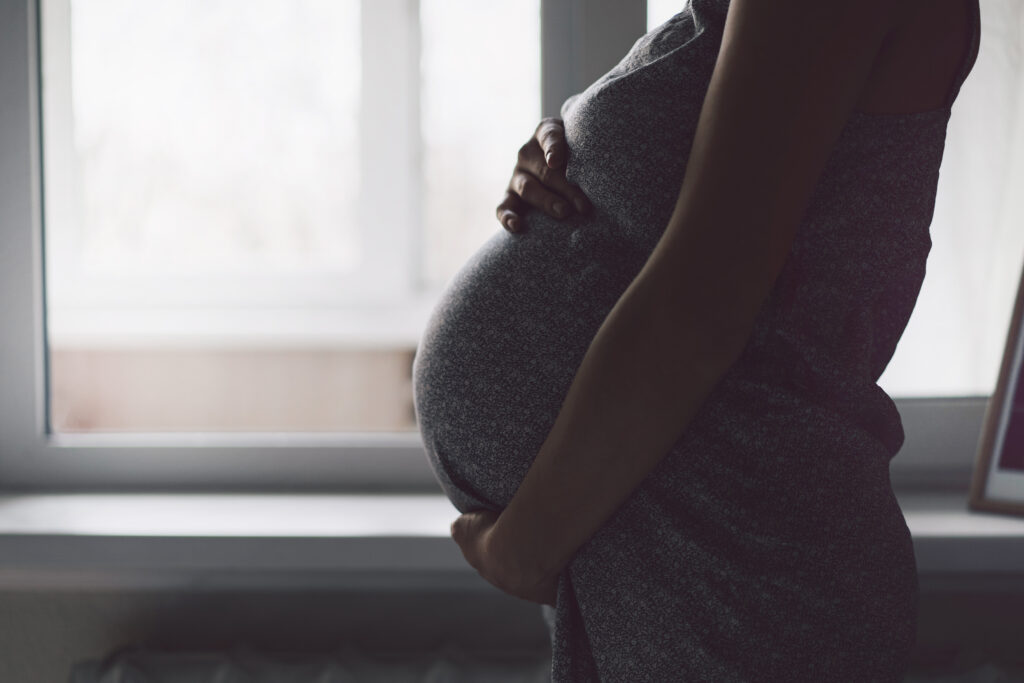The District of Columbia’s Sudden Abortion Surge
According to “Reported Pregnancies and Pregnancy Rates in the District of Columbia, 2005-2009,” the statistical summary of pregnancies, births, fetal deaths, and induced abortions for the District of Columbia; the nation’s capital underwent a dramatic increase in induced abortion procedures in 2009.
Starting in 2005, the number of induced abortions steadily declined in Washington D.C. In what seemed like the beginning of an era in which abortions would become increasingly rare, the District’s the abortion rate declined 32.8% over five years, quite a feat in a city with an abortion rate significantly higher than the national average. The Guttmacher Institute even notes that 2008 marked a record low for abortions in Washington, DC. However, in 2009, induced abortion inexplicably skyrocketed. In one year, the abortion tally in the capital city rose a stunning 28.7%.
The abortion rate increased in 2009 for women of all age groups, excluding those over 40. According to the report, the number of abortions for girls below the age of 15 doubled, increased by 13.3% for women between the ages of 15 and 19, increased by 54.2% for women between 20 and 24, increased by 22.9% for women 25 and 29, and by 9.2% for those between the ages of 35 and 39.
Abortion reporting is entirely voluntary for facilities in the District of Columbia. There are no real incentives to report or penalties for failing to report under the city’s legal and regulatory policies. It seems unlikely that this sudden surge is indicative of conscientious abortion providers wanting to make sure that their reports are accurate and complete. Unfortunately, the city government has no explanation for this surge. When contacted, an official from the D.C. Center for Policy, Planning, and Evaluation with the Department of Health was unable to explain the increase. The city had apparently been unable to obtain clarification from the facilities that perform large number of abortions due to the high employee turnover rate among the staff at the clinics.
The Department of Health indicated it hopes its yet-to-be-compiled 2010 numbers will in some way shed light on the abortion surge of 2009.
The resumption of publicly funded abortion in the District of Columbia could not have been a direct cause of the increase, if in fact the numbers grew for some reason other than more complete reporting. The Democratic Congress restored public abortion funding in the District in 2009 but President Obama did not sign the law until December of 2009. Funding was once again barred in 2011 as part of the resolution of 2011’s hotly contested budget battle. With hours left before the federal government was due to shut down, Congress voted to restore the Dornan amendment, also known as the D.C. Hyde Amendment. The budget passed in the House by a vote of 260 to 167 while the Senate approved the bill 81 to 19. This assured that no congressionally appropriated funds would pay for abortions in Washington D.C. in the Final Fiscal Year 2011 Continuing Resolution.
The economic downturn may also have been a contributing factor to the rise in reported abortions.
No matter what contributed to the rise in reported abortions, it is clear that more comprehensive regulations are necessary in the District. The ability to trace the impact of public policy changes and economic conditions year over year, as well as the impact of cultural messages about abortion, including advertising, is critical if the nation is to understand the factors that make abortion rare – or, in the case of Washington, D.C., have been making it more common in the seat of national government.
Nora Sullivan is a Research Assistant at Charlotte Lozier Institute.

























